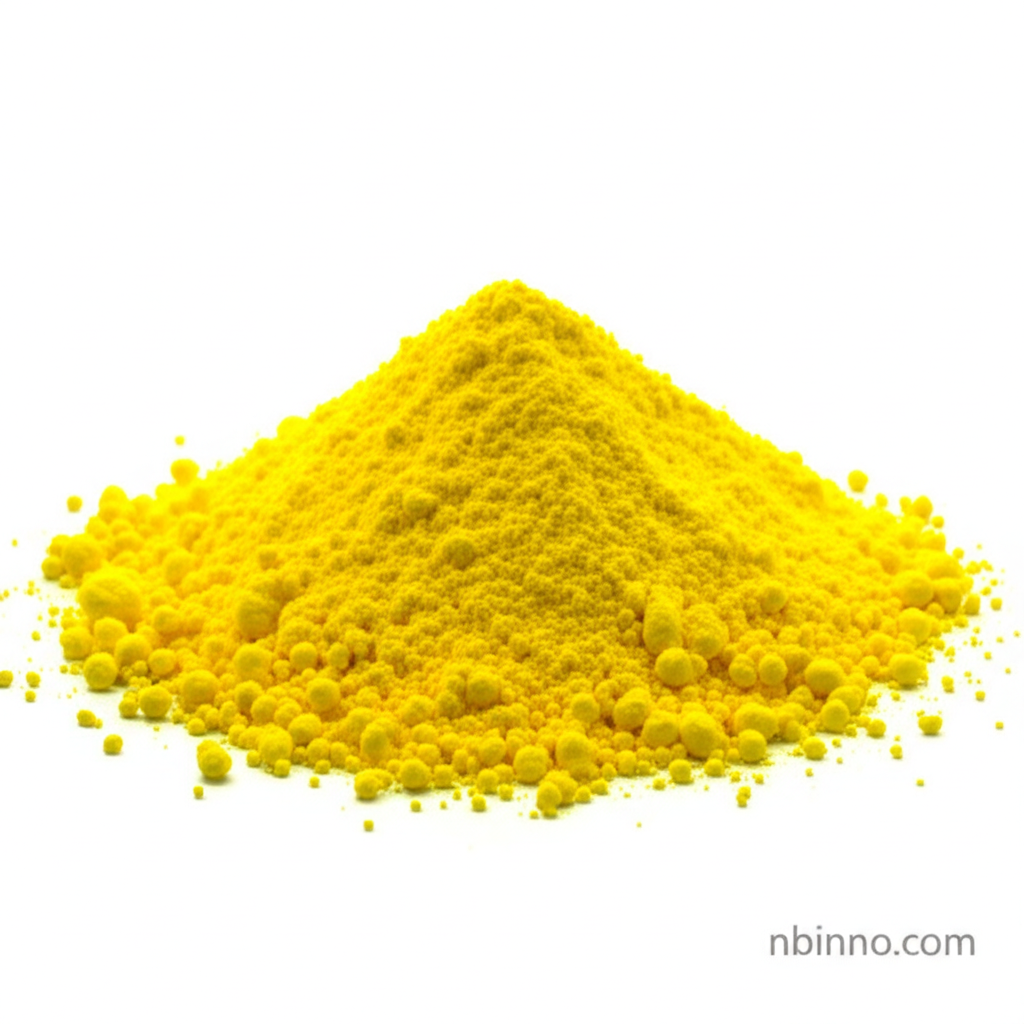Azodicarbonamide: Your Key to Advanced Foaming in Plastics and Rubber
Discover the power of Azodicarbonamide for creating lightweight, insulated, and cushioning materials.
Get a Quote & SampleProduct Core Value

Azodicarbonamide
Azodicarbonamide (ADC) stands out as a leading chemical blowing agent, widely utilized for its ability to generate gas upon thermal decomposition, thereby creating cellular structures in polymers. This process is crucial for producing foamed plastics and rubbers, contributing to desirable properties like reduced density, enhanced thermal and acoustic insulation, and improved cushioning. Its cost-effectiveness and wide applicability make it a preferred choice across numerous manufacturing sectors.
- Understand the benefits of using Azodicarbonamide as a blowing agent for plastics and its role in improving product performance and reducing material costs.
- Explore the applications of chemical blowing agents for rubber, focusing on how ADC contributes to desired material properties like elasticity and shock absorption.
- Learn about the critical aspect of azodicarbonamide decomposition temperature and how it can be controlled through additives to suit specific processing needs.
- Discover how how azodicarbonamide works in foams by releasing gases like nitrogen and carbon monoxide, creating a uniform cellular structure.
Product Advantages
Cost-Effectiveness
As one of the most economical organic chemical blowing agents, ADC provides a cost-effective solution for achieving density reduction and material expansion in plastic and rubber products, contributing to overall manufacturing efficiency.
Versatile Applications
The versatility of Azodicarbonamide blowing agent makes it suitable for a broad spectrum of applications, from artificial leather and insulation materials to footwear soles and automotive components, highlighting its broad utility in different industries.
Enhanced Material Properties
Leveraging ADC foaming agent for plastics allows manufacturers to create products with superior properties such as excellent thermal insulation, effective shock absorption, and improved aesthetic appeal through controlled foaming processes.
Key Applications
PVC and EVA Foaming
Azodicarbonamide is extensively used in the foaming of PVC and EVA resins, enabling the production of materials for applications like carpet underlay, floor mats, and yoga mats, benefiting from its reliable gas evolution.
Rubber Foaming
In the rubber industry, ADC serves as an efficient blowing agent for creating foamed rubber products. This is vital for applications requiring cushioning, vibration dampening, and sealing, such as in footwear and automotive parts.
Artificial Leather Production
The agent plays a significant role in the manufacturing of artificial leather, contributing to its soft texture and cushioning properties by creating a fine, uniform cellular structure within the material.
Insulation Materials
The foamed structures created by ADC are ideal for thermal and acoustic insulation applications, making it a valuable component in the production of materials used in construction and consumer goods where insulation is key.
